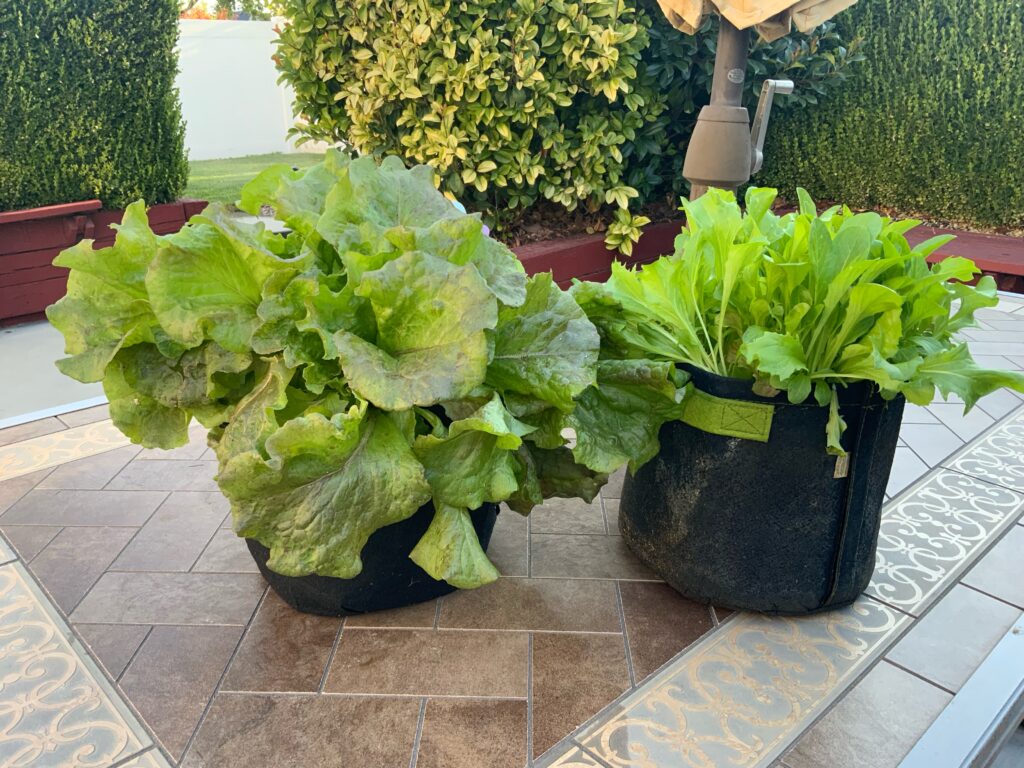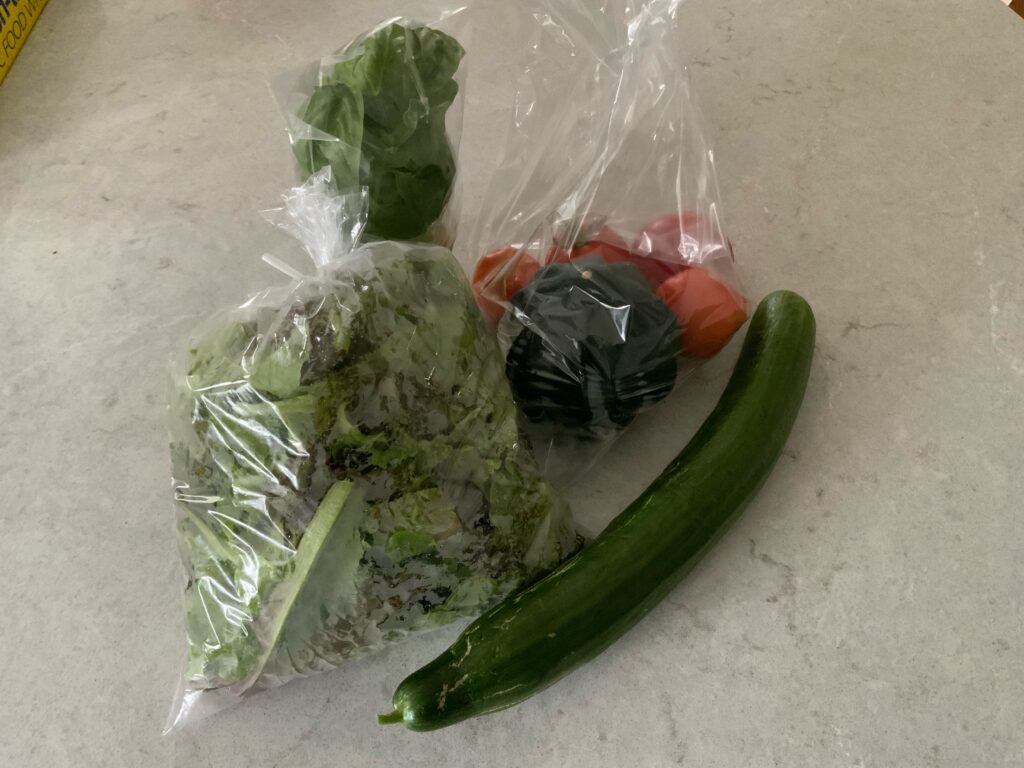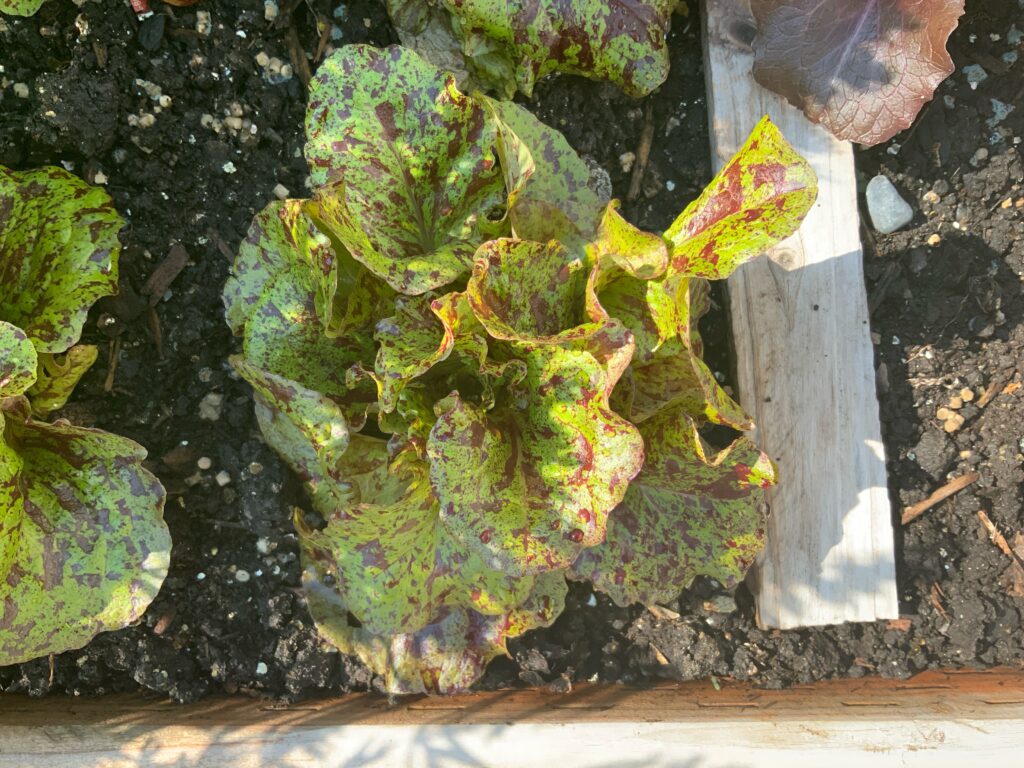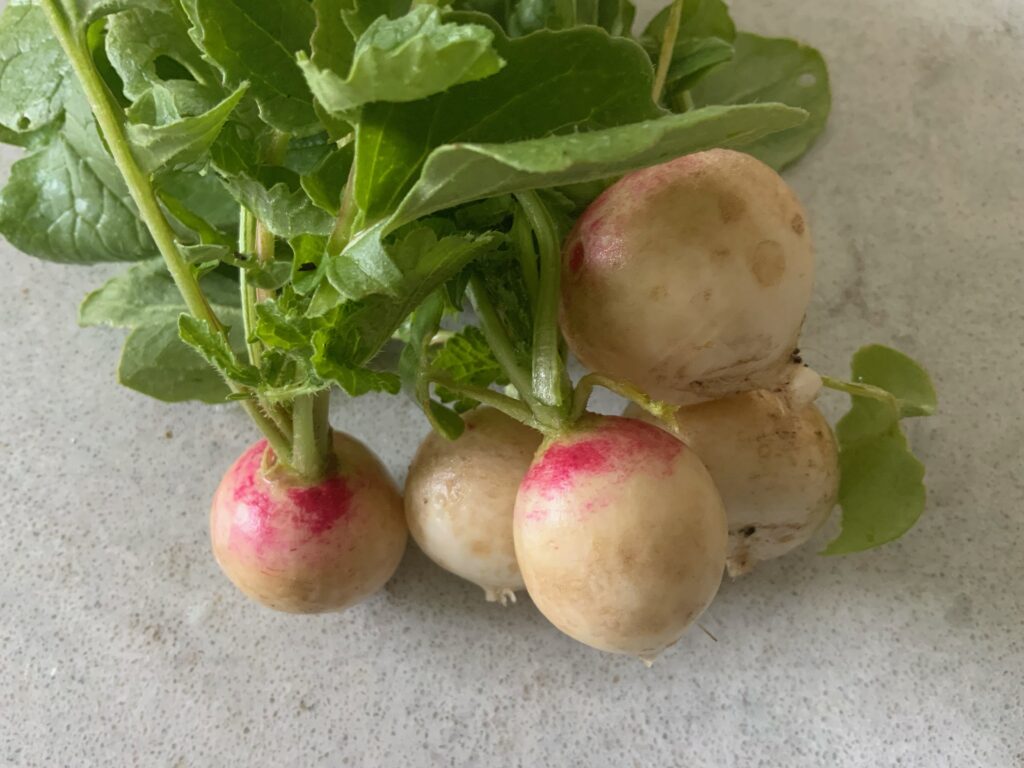 This and fall are the most fun times for me in the garden. Less work. Anticipating crops that only grow in cold weather. Less watering. No weeding. Pests are leaving. I have very few of those so that’s not really much of an issue. But the late fall/winter garden takes some planning. Today I pulled up most of my existing leeks and also found some garlic that I forgot about. When I tried to separate the cloves I discovered they were mush. Too long in the ground. Speaking of garlic, this is the month. I’m a hardneck garlic believer because of our harsher winters.
This and fall are the most fun times for me in the garden. Less work. Anticipating crops that only grow in cold weather. Less watering. No weeding. Pests are leaving. I have very few of those so that’s not really much of an issue. But the late fall/winter garden takes some planning. Today I pulled up most of my existing leeks and also found some garlic that I forgot about. When I tried to separate the cloves I discovered they were mush. Too long in the ground. Speaking of garlic, this is the month. I’m a hardneck garlic believer because of our harsher winters.
After amending each new square with compost, spinach, arugula, mache, lettuce, minutina, baby bok choi, mizuna, and claytonia were all direct seeded. This is perfect timing for our winters. The lettuce wont be so big that it turns to soup after a hard freeze. Bok choi and its thicker stems hold up well in winter. Arugula grown in cold temperatures lose the peppery edge they normally have. The other greens are just delicious. Next week will be a succession crop of a few of the same and then some addition crops.
The normal SFG spacings of 1, 4, 9, 16 are a little different for winter. Everything is planted with a spacing of 9 or 16. We just need more in the winter time.





